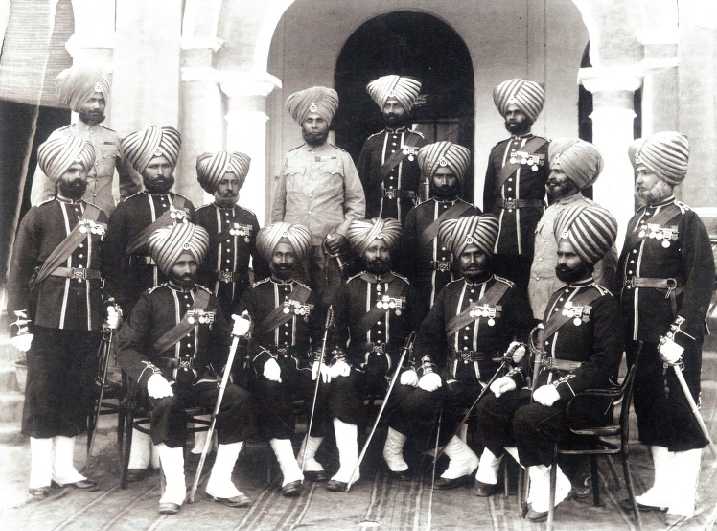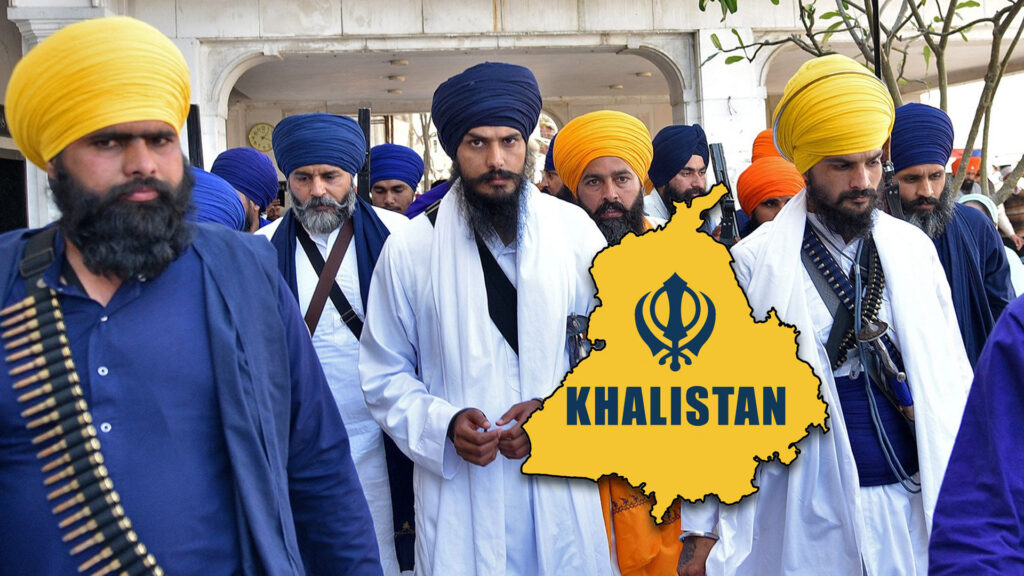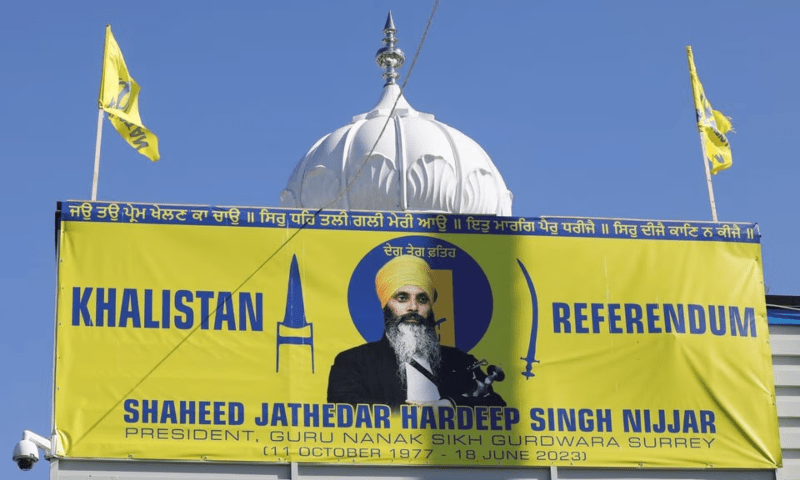
India-Canada Relations: Strained by a Minority’s Agenda, and the Path Forward
India and Canada, two democracies with a shared history of cooperation, have long enjoyed a multifaceted relationship. From early immigration in the 19th century to strong economic, educational, and nuclear agreements, the ties between these two nations have evolved through decades of collaboration and, at times, tension. However, the India-Canada relations strain has intensified in recent years due to the complex dynamics surrounding a small but vocal segment of the Sikh diaspora in Canada supporting the Khalistan movement, an issue that has overshadowed the broader partnership between the two nations.
This blog aims to explore the roots of these tensions, how a 2% minority voting bloc has impacted diplomatic relations, and provide an unbiased approach to address the ongoing situation, given India’s growing economic stature and strategic importance on the global stage.
Historical Context of India-Canada Relations
Indian migration to Canada dates back to the late 19th century, when Indians, particularly from Punjab, took up jobs in British Columbia. Over the years, the Indian diaspora in Canada grew, especially after Canadian immigration quotas were relaxed in the 1970s and 1980s. Today, Indian immigrants represent one of the largest ethnic groups in Canada, with students from India making up 40% of all international students in the country in 2022.

Image Credits: shmc.ca
After Indian independence in 1947, Canada played a key role in fostering ties between India and the Western world. Canadian foreign aid to India, especially through the Colombo Plan, facilitated development projects. Yet, despite the growing economic and people-to-people ties, there have been significant diplomatic hiccups, particularly around India’s nuclear program and events like the 1985 Air India bombing. The bombing, which was carried out by pro-Khalistani extremists, killed 329 people, including many Canadian citizens, and had a lasting impact on both countries.
The Khalistan Issue: A 2% Minority with Outsized Influence
While the majority of Indian immigrants to Canada are well-integrated and contribute positively to society, a small minority of Sikh extremists continue to advocate for the Khalistan movement, a separatist cause that seeks to create an independent Sikh state in Punjab, India. Though the movement has little support within India, it has garnered a degree of attention among certain segments of the Sikh diaspora in Canada.

Image Credits: fairobserver.com
Canadian political parties, aware of the importance of securing votes from the Sikh community—which constitutes about 2% of the population—have, at times, appeared lenient toward these extremists. In regions like British Columbia and Ontario, where the Sikh vote is concentrated, pro-Khalistani elements have found a platform to voice their demands. This has often caused friction between the Indian government, which sees the Khalistan movement as a threat to its territorial integrity, and the Canadian government, which has been criticized for not doing enough to curtail the influence of these extremist factions.
Diplomatic Flashpoints: The Assassination of Hardeep Singh Nijjar
In 2023, the already-tense relationship between India and Canada took a significant hit when Canadian Prime Minister Justin Trudeau accused Indian agents of being involved in the assassination of Hardeep Singh Nijjar, an alleged pro-Khalistani terrorist who was wanted by Indian authorities for his involvement in violent activities. While Canada claimed it had intelligence provided by US sources, India dismissed the allegations as baseless and demanded proof.

Image Credits:https:dawn.com
This incident led to both countries expelling diplomats, further straining relations. The fallout from this event has been profound, with Canada accusing India of interference in its domestic affairs, while India has contended that Canada is not taking appropriate steps to curb extremism on its soil.
The Economic Reality: India’s Growing Importance
While political and diplomatic tensions have escalated, it is important to recognize the economic reality of the situation. India is a rapidly growing economy, with a GDP projected to reach $4 trillion in 2024. Its population of over 1.4 billion makes it an attractive market for trade, investment, and educational exchanges.
Canada, with a much smaller population and economy, stands to gain from maintaining a strong relationship with India. India is Canada’s 10th-largest trading partner, and bilateral trade reached $8.5 billion in 2022, with significant potential for growth in sectors like technology, agriculture, and clean energy. The Indian diaspora, particularly students and professionals, also contribute substantially to Canada’s economy and cultural fabric.

Image Credits:https:policyoptions.irpp.org
Given this context, it is clear that while Canada’s domestic politics and minority voting considerations have played a role in straining relations, it cannot afford to ignore India’s economic might. In an increasingly interconnected world, Canada stands to lose more by isolating itself from a major global player like India, particularly when other developed nations are eager to engage with India on trade, security, and climate initiatives.
A Path Forward: Dialogue and Cooperation
Resolving the current impasse requires a balanced and pragmatic approach from both sides. Here are a few key steps that could help improve relations:
- Strengthened Diplomatic Channels: Both countries need to prioritize dialogue over accusations. Canada must provide clear and verifiable evidence to support its claims, while India should engage diplomatically to address Canada’s concerns, even if they are politically motivated.
- Addressing the Khalistan Issue: Canada must take more decisive action to prevent extremist elements from using its soil to promote violence against India. This includes monitoring radical groups and ensuring that its domestic policies do not inadvertently encourage separatism.
- Economic Diplomacy: Despite political tensions, trade and economic cooperation should continue. Both countries can benefit from increased collaboration in key sectors such as technology, healthcare, renewable energy, and education. Economic engagement could serve as a buffer to political disputes, fostering goodwill and mutual benefits.
- Diaspora Engagement: India’s large and growing diaspora in Canada can serve as a bridge between the two nations. Canada should encourage positive contributions from the Indian community while ensuring that extremist views do not overshadow the majority of peaceful, law-abiding Indian Canadians.
- Multilateral Engagement: As India continues to rise on the global stage, Canada must also recognize that India is a key player in multilateral organizations like the G20, BRICS, and the United Nations. Collaborating on global challenges like climate change, trade reforms, and counterterrorism can help both countries move beyond their bilateral disputes.
Navigating a Complex Relationship
The India-Canada relationship has been shaped by historical cooperation, economic partnerships, and, at times, political challenges. While the recent tensions surrounding the Khalistan issue and the assassination of Hardeep Singh Nijjar have strained ties, both countries have much to gain from resolving these issues through dialogue and collaboration.
India’s growing economic power and strategic importance make it a nation that Canada—and other developed countries—cannot afford to ignore. By focusing on common goals, respecting each other’s sovereignty, and addressing the root causes of political friction, India and Canada can rebuild trust and continue to benefit from a mutually beneficial relationship.
The road ahead may be challenging, but with the right approach, both nations can emerge stronger and more resilient from this diplomatic impasse.
IS360 Can be Reached at
Sharing is caring!

